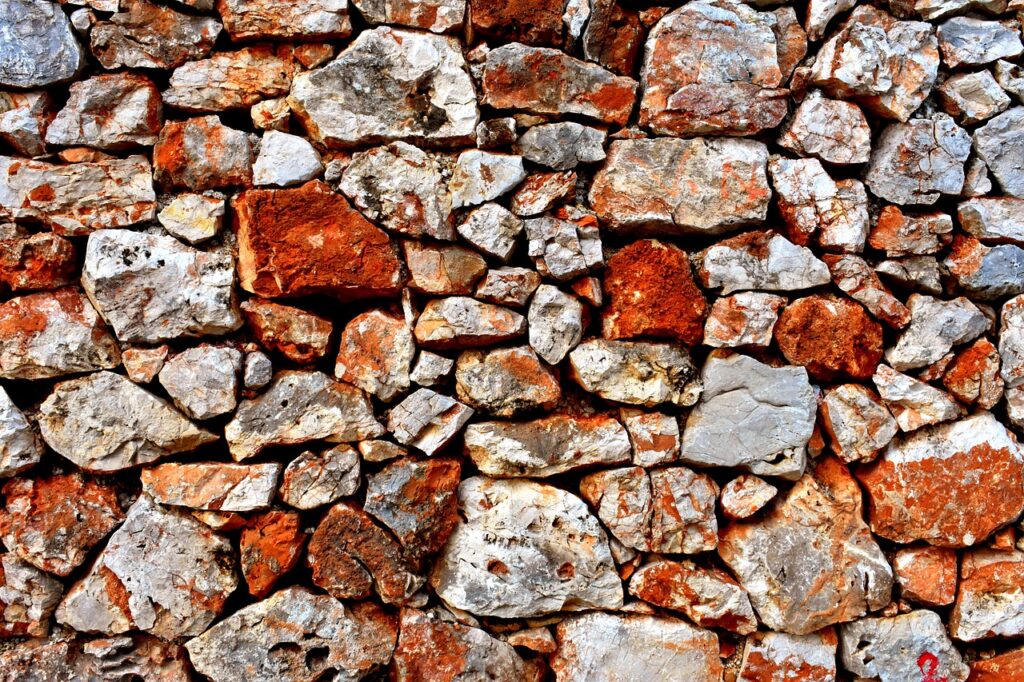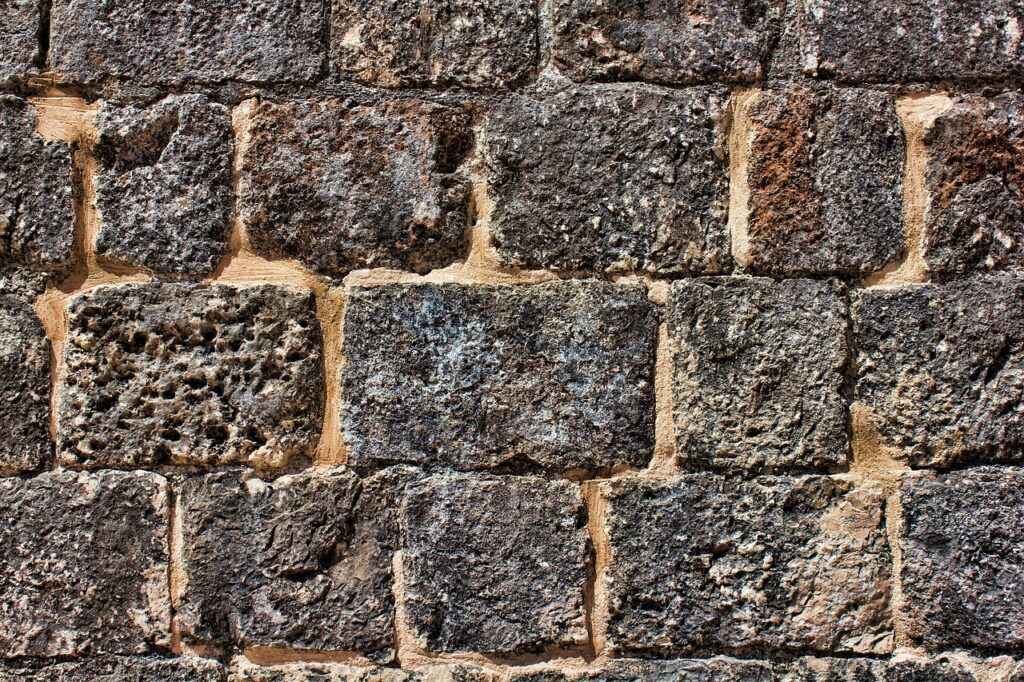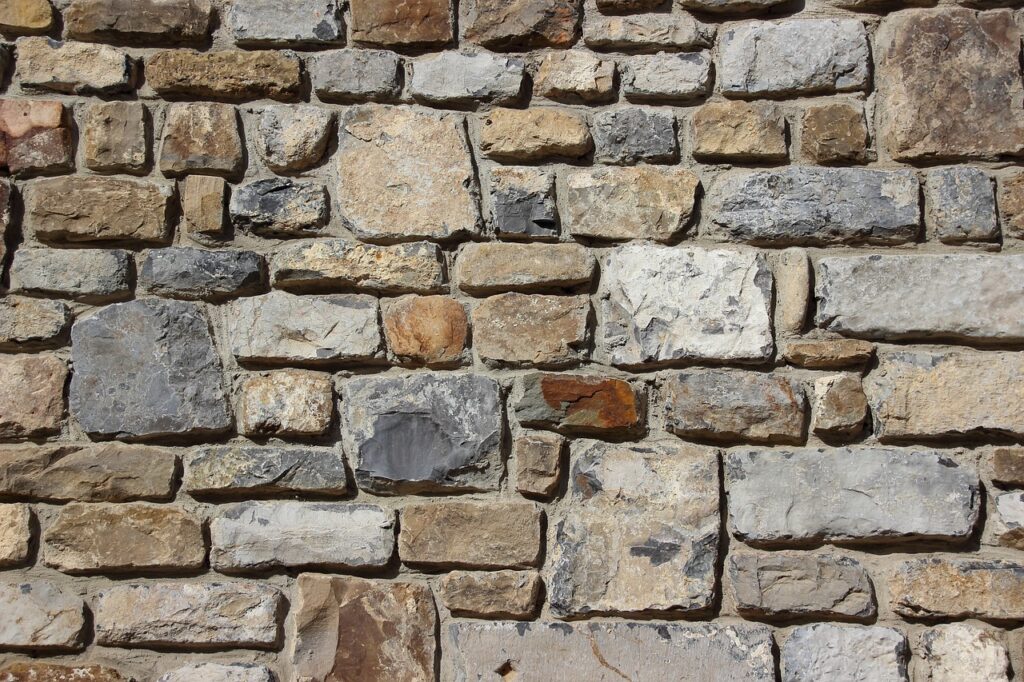How to Clean Stone Wall Cladding

Stone wall cladding is a great way to increase the property value of your home by decorating your walls with a lovely layer of stones. These stones can vary on different materials, but no matter the option being chosen, it will grab your guest’s attention and impress them with your lavish tastes and style for interior design.
However, stone wall cladding is not as simple as just installing it and showing it off to friends and family. They do require some maintenance to ensure they stay strong and sturdy for a long time. If not taken care of properly, the stones can loosen, develop stains, or chip. The worst-case scenario is if they were installed poorly and your lovely stone wall starts dropping pieces of stones, causing a very dangerous hazard.
That is why this article is going to discuss how to thoroughly clean stone wall cladding and ways to keep them healthy for a lifetime.
What is Stone Wall Cladding
Stone wall cladding or stone veneers is when a thin layer of any type of stone is used as decorative facing material. These stones are not meant to be load bearing and typically serve a primary purpose of artistic interior or exterior design.
Stone veneers offer an additional layer of insulation to homes and buildings, allowing a number of financial and practical benefits we can discuss later.
What Materials Can Be Used with Cladding
Stone veneers are not very specific on what type of stone can be used for decoration, as there are dozens of stones used for interior design. Some of the most popular options include:
· Granite: Granite is a durable volcanic rock which has exceptional durability and hardness. It comes in a variety of colors, designs, and shades, and requires minimal maintenance to clean.
· Marble: Marble stone has a history of being known as a luxury item for interior design. Marble is softer and more delicate than other stones, requiring homeowners to take careful measures when cleaning it.
· Slate: Slate is a fine-grained metamorphic rock created when mud and various minerals are layered upon one another in a process called foliation. These layers are super-heated and pressed together to form hard sheets of slate.
· Basalt: Basalt is a volcanic rock containing magnesium and iron which has been rapidly cooled. Basalt is a common mineral in the Earth’s crust and is quarried from around the world.
· Quartzite: Quartzite is a metamorphic rock made from the combination of fusing quartz and sandstone through high-heat and intense pressure.
· Artificial Stone: Artificial stones can be slabs like quartz, or other stone materials which are fabricated by manufacturers like concrete, terrazzo, or brick.
· Limestone: Limestone is a combination of shells, coral, and other organic materials which has been pressed together for thousands of years. Because it is composed of organic matter, this stone can be softer than other rocks.
· Sandstone: Sandstone is created when sand granules are fused together over the course of thousands of years. Sandstone is very durable, but porous due to the sand grains leaving pockets in the stone.

Should You Clean Stone Cladding
It may not seem entirely obvious, but yes, stone veneers should be cleaned. Interior stone cladding is typically easier to clean since there is less chance of it getting dirty from soil and outdoor elements. However, indoor stone veneers still get dirty from dust, grease, and moisture that it should be tended to regularly.
Exterior stone veneers are going to get dirty much faster as they will be exposed to the elements, soil, and potential chemicals in the soil and air.
Why You Should Clean Stone Veneers
It might seem counterintuitive to cleaning stone wall decoration, especially when it is outside where it will constantly get dirty. But there are important reasons why you should clean interior and exterior stone cladding.
Clean Appearance: A clean appearance is important to showing your guests you keep your home tidy. Healthy stone veneers add curb appeal and property value will increase if the stones are in a healthy condition and not dilapidated. Commercial businesses should have a dedicated maintenance crew cleaning the stones to impress their clients and show they are doing business with a clean and reputable source.
Protecting from Bad Weather: Healthy stones can withstand environmental hazards better than weak and fading stones. Stones that are old, damaged, and dirty will erode and break more easily over time compared to stones that are cleaned and tended to.
Warranty Requirement: Some warranties may require homeowners or business owners to routinely clean their stones. Not caring for the stones may void the warranty and make the owner liable for repair or replacement.
Lasts Longer: Healthy stones will last longer than faded or damaged stones.
Removes Bacteria: Stones with multiple pores or grooves can harbor bacteria and other harmful microorganisms. Regularly cleaning stone veneers removes these bacteria from spreading and making owners and their guests susceptible to diseases.

Signs Stone Veneers Need Cleaning
While it is a good idea to develop a habit of cleaning stone veneers on a systematic basis, pay attention to the signs that the stone should be cleaned.
· Dirt and grime build-Up formed from general soil or dust trapped in the grout.
· Stains from oil, food, beverages, and moisture.
· Mold and mildew build-up from high humidity and moisture being trapped within the stones and grout.
· Discoloration of the stones from general wear that fades over time.
· Foul odors from organic material being trapped in the grout and pores.
· Cracks are starting to form in the stones.
· The stones look dirty and worn.
· Stones are loose and not sitting as well as they previously were.
Cleaning Exterior Stone Veneers
With a proper understanding of what to look for with stone veneers, we can get into the nitty gritty details of how to clean and remove that gritty.
Warm Water and Mild Soap
Step 1: Remove everything from the surrounding wall.
Step 2: Obtain the materials of a mild detergent or mild dish soap, a bucket of warm water, possibly a small amount of vinegar and a sponge.
Step 3: Combine one of the cleaning solutions into the bucket of warm water. Only use one solution as mixing too many chemicals can be dangerous. A mild dish soap or soft detergent are good for regular cleaning to remove dirt and grime while vinegar is better for stronger layers of dirt.
Step 4: Test the soapy water solution on a small section of the stone wall to make sure it does not create discoloration.
Step 5: If no discoloration occurs, apply the cleaning solution to the wall and gently scrub with a sponge, soft-bristle brush, or a rotary tool on a low or medium setting.
Step 6: Use a garden hose to rinse off the soapy water solution from the stones. Make sure to get between the stones near the grout so soap does not get trapped.
Step 7: Once the stone has been cleaned and dried, apply a stone sealer if needed.
Cleaning Interior Stone Veneers
Cleaning indoor stone veneers will not need as much time and attention since they are naturally shielded by the house. However, dust, oil from hands, grease, and food particles can still get trapped in the stone requiring it to be cleaned. To effectively clean stone veneers, the owner must know what type of stone they have first.
Warm Water and Mild Dish Soap
This method is the most common and safest method to clean stones like granite, marble, limestone, sandstone, slate, quartzite, and basalt.
Step 1: Obtain the materials of a mild detergent or mild dish soap, a bucket of warm water, possibly a small amount of vinegar and a sponge.
Step 2: Combine one of the cleaning solutions into the bucket of warm water. Only use one solution as mixing too many chemicals can be dangerous. A mild dish soap or soft detergent are good for regular cleaning to remove dirt and grime while vinegar is better for stronger layers of dirt.
Step 3: Test the soapy water solution on a small section of the stone wall to make sure it does not create discoloration.
Step 4: If no discoloration occurs, apply the cleaning solution to the wall and gently scrub with a sponge, soft-bristle brush, or a rotary tool on a low or medium setting.
Step 5: With a second rag or spray, rinse off the stones to remove any excess soap particles.
Step 6: Find a dry rag and completely dry the stone so there are no water droplets remaining.
Step 7: Apply a sealer if applicable.
Stone veneers can also be cleaned with specific wall cladding cleaners. These products can be obtained by the manufacturer and will have direct instructions on cleaning their products.

Should Veneers Be Sealed
We lightly touched on this previously, but stone veneers should be sealed, depending on where you live and what type of stone is being used. Sealing stone veneers prevent water damage and discoloration from occurring, as well as providing an additional layer of protection for your home. Stones that have been sealed are easier to clean and easier to spot when they are getting dirty.
Building or homes near oceans or living in areas with harsh weather should seal their stones to withstand the constant barrage. However, homes where there are low levels of dirt, harsh weather or grime may not need to be sealed. This should be discussed with the manufacturer once the veneers have been installed and they are discussing upkeep.
Products to Avoid with Stone Veneers
As with all stone care, there are certain products and chemicals you should avoid which can etch or damage your stone.
Harsh Chemicals: Harsh chemicals like ammonia, vinegar, bleach, and grout cleaners are all very acidic and damaging to stones. Vinegar can be safe to use, but only when diluted properly.
Thick Scrubbing Brushes: Thick brushes or wire brushes can quickly etch stone veneers leaving them looking dull and worn out.
High Pressure Sprayers: Pressure sprayers can be used when set to low or medium settings. High pressure sprayers can be too strong for stones and may lead to erosion.
Plant Growth: Plants like weeds and vines can try spreading up exterior wall stones. This will damage the grout and loosen the stones which can be dangerous if there are pets or children in the vicinity. Removing plants like weeds from the surrounding wall will help keep stone veneers safe.
Conclusion
Stone wall cladding is a great source of beauty and practicality where you can upgrade your home and business while keeping it well insulated. Cleaning stone veneers may sound like a lot of effort, but it is worth the work as it will pay off for you if you ever decide to sell your home or attract clients.
